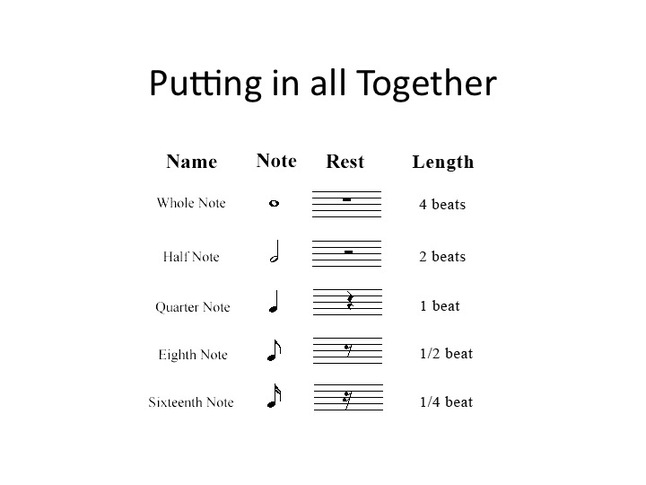Reading Music On The CELLO
Whether you are brand new to reading music or just learning to apply that skill to the cello, learning to say and play Schroeder Exercise No. 1 is an excellent place to start. It’s so easy that a 4 year old can do it well but fine tuning your bow path on open strings is an advanced skill that every cello performance major should practice seriously.
This exercise uses only the 4 open string notes — A, D, G, and C. I require my students to SAY and PLAY the notes. If you already read music from playing another instrument this will help you to internalize finding the notes on the cello. If you are learning to read music for the first time, don’t worry we go slow and easy. Think of the top three strings as making a sort of sandwich. The top string is the top line (A). The middle string is the middle line (D). The bottom of the top three strings is the bottom line (G). Think of the low C with the ledger lines as the basement string. There are lots of mnemonic sentences that people use to try memorize the names of the notes — these won’t help you in the real world. What musicians require is immediate, physical muscle memory and an intellectual understanding of each note.

So we are going to learn to read on the instrument by naming the strings as we play them. Nearly every student is resistant to this at first. Just think of all that your brain has to do to execute this exercise — read the note, play the correct string, say the name of the note out loud, and stay with the beat of the music. As you struggle through the exercise, just remember that there are fireworks going on inside your head as you create all these new synapses. I have three tricks to help simplify the task as you are building the brain power and coordination!
- Pluck the string. Using the bow takes a lot more brain power, especially at the start.
- Slow down the video, most of my students practice this at 0.75 speed for the first week or two.
- Practice with the video on your stand and if possible a parent pointing to each note. The video provides the steady beat, a visual reference, and the name of the note. The parent prompting with a pencil helps the student track the music. With everything going on it’s easy to look away or lose your place.
Pro Tip
FLASH CARDS! It’s old school but it works. You need to train your brain to have immediate responses to these notes so drilling with timed flash cards or a flash card app like Note Rush, is the quickest way to real mastery! Start with just the 4 notes in Schroeder 1.
When it comes to the rhythm or length of time each note should be held, playing along with the video will help. Below is the key to help with the name and length each note head represents. This exercise is only includes whole, half, and quarter notes.

